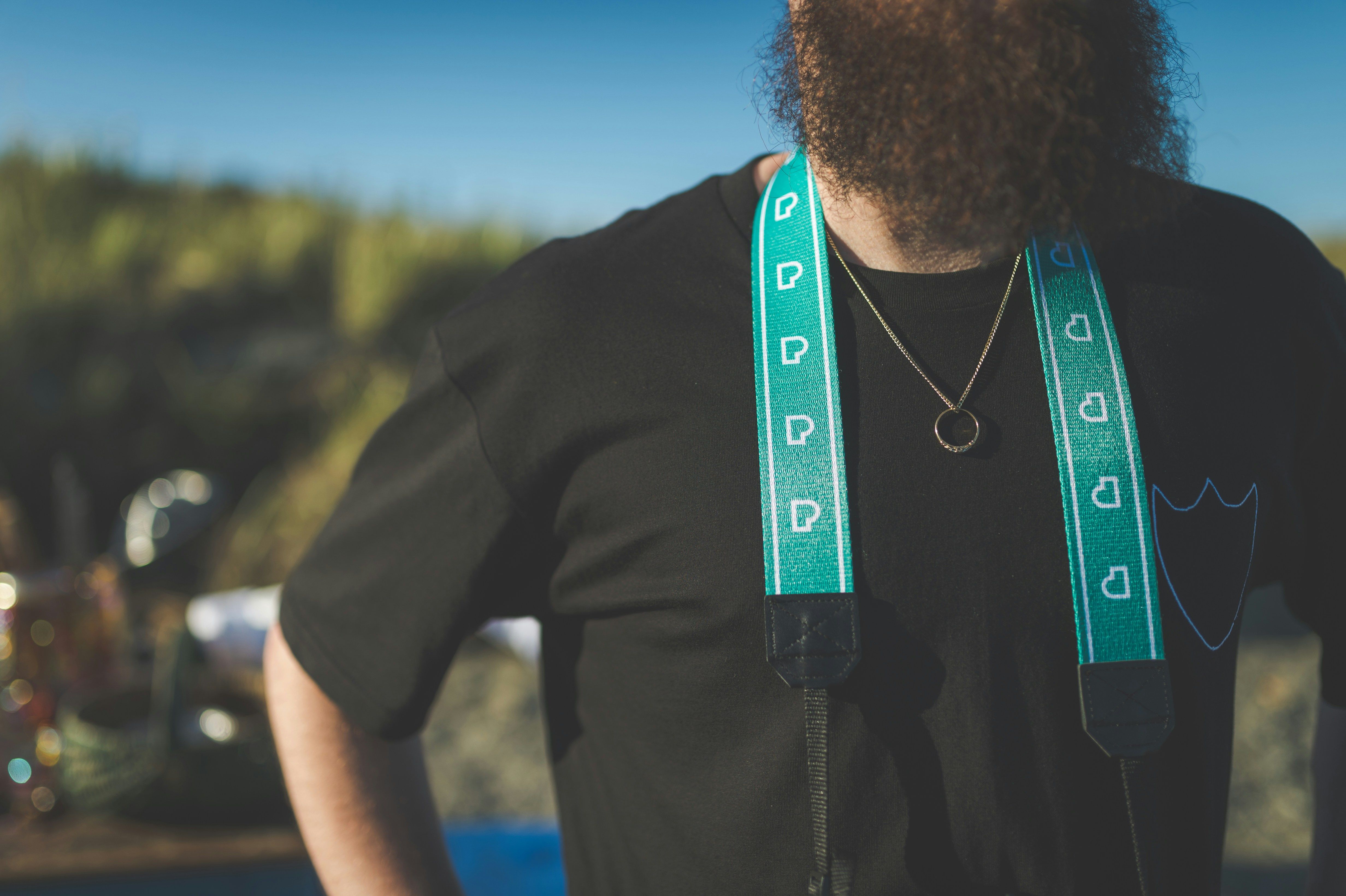Unwind Tight Hips with Pigeon Pose: The Essential Stretch for Relaxation
25% of Americans miss the recommended amount of physical activity each week, and as a result, may experience lower back pain and tightened muscles in the hips. To alleviate these discomforts, it's suggested to try the pigeon pose, a yoga move that targets multiple muscles in the lower body.
Pigeon pose stretches key muscles including the hip flexors, piriformis, glutes, inner thighs, and lower back, reducing overall tension and promoting mobility. According to physical therapist Kim Grundy, this pose is excellent for improving hip flexibility, particularly for those with tight hip flexors from extensive sitting.
Individuals benefiting from pigeon pose are many, as it helps soothe the common aches that come from prolonged sitting, improves range of motion for exercises, reduces sciatic pain, and alleviates lower back pain. One can practice pigeon pose every day or whenever they desire to loosen up their hips, glutes, and lower back. The pose is best performed after warming up, holding for 30 to 60 seconds at a time.
Those with chronic back pain, hip or knee injuries, hip or knee replacements, or back surgery should consult with a doctor or physical therapist before adding pigeon pose to their routine. Common mistakes to watch out for include failing to maintain proper form, such as ensuring the front knee and hip are in a parallel position to the edge of the mat, and avoiding letting the hip of the outstretched leg roll to the side.
To perform pigeon pose, one should start in a tabletop position on the mat. Bring the right foot forward and place it down behind the right wrist. Adjust the shin so it's parallel to the front edge of the mat. Extend the left leg back, and deepen the pose by folding the torso toward the floor, stretching even more. Hold this position for 30 to 60 seconds, then repeat on the opposite side.
Regularly incorporating pigeon pose can offer numerous benefits such as improved hip mobility, reduced lower back pain, better posture, increased muscle strength, improved blood flow, and mental and physical relaxation, thus aiding in injury prevention.
Sources:[1] Yoga International. (2022). Pigeon Pose: Step-by-step Instructions. Retrieved from https://yogainternational.com/practice/pigeon-pose-ekapada-rajakapotasana/
[2] Verywell Fit. (2020). Pigeon Pose in Yoga: Benefits, Steps, Modifications, and Precautions. Retrieved from https://www.verywellfit.com/pigeon-pose-benefits-contraindications-steps-4159708
[3] Healy, K. (2019). Yoga for Sciatica: A Gentle Yoga Sequence to Ease Pain and Improve Movement. Retrieved from https://www.verywellhealth.com/yoga-for-sciatica-3118982
[4] Tirado, S. (2019). What Is Pigeon Pose? Here's Everything You Need To Know About This Meta-Flexor Stretch. Retrieved from https://timesofindia.indiatimes.com/life-style/fitness/yoga/what-is-pigeon-pose-heres-everything-you-need-to-know-about-this-meta-flexor-stretch/photoshow/77483141.cms
[5] Dugan, T. (2017). The Top 4 Benefits of Pigeon Pose. Retrieved from https://www.mindbodygreen.com/articles/the-top-4-benefits-of-pigeon-pose
- The pigeon pose, a yoga move, targets the hip flexors, piriformis, glutes, inner thighs, and lower back, offering relief from common discomforts caused by prolonged sitting and promoting fitness-and-exercise-related mobility.
- Scientific sources recommend pigeon pose for individuals dealing with lower back pain, as the pose can alleviate this condition, all while improving overall health-and-wellness by aiding in injury prevention.
- Before incorporating pigeon pose in their routine, those with chronic back pain, hip or knee injuries, hip or knee replacements, or back surgery must consult with a doctor or physical therapist for proper guidance and techniques to avoid mistakes in form.
- Adhering to a regular practice of pigeon pose can contribute to fitness benefits such as improved hip mobility, better posture, increased muscle strength, increased blood flow, and mental and physical relaxation, ultimately leading to a more satisfying travel experience and productive workouts.






